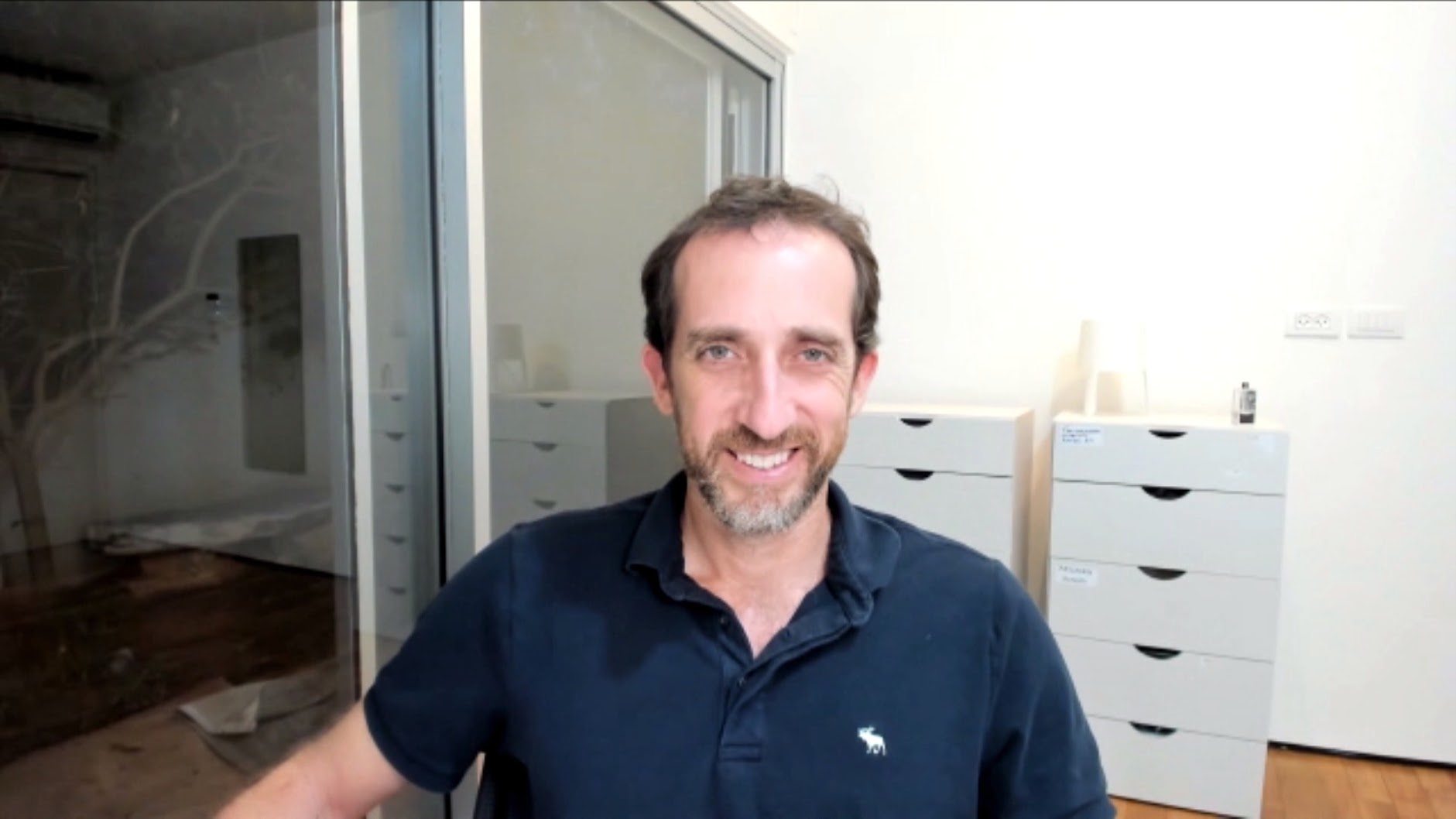 NEWS
NEWS
 NEWS
NEWS
 NEWS
NEWS
What’s not to love about cloud native applications? Well, all those small pieces that make agile iteration possible are hard to manage with traditional monitoring tools.
Open-source observability tools have become many engineers’ go-to software for troubleshooting these apps. The downside is that they may have to use several different tools without an easy way to pool their data together for analytics.
When developing for microservices, containers and Kubernetes, “it becomes so much harder to monitor, to troubleshoot, even to secure applications,” said Tomer Levy (pictured), co-founder and chief executive officer of Logz.io (aka LogsHero Ltd.). As a developer, Levy’s team preferred open-source observability tools such as Jaeger for tracing and Grafana for analytics. When the team had to compromise on a proprietary solution, it was an opportunity to be the change it wanted to see in open-source observability.
“We decided to build a company so engineers can use the observability tools they’re already using for logging, for metrics, for tracing,” Levy said. “We want to enable them to use that at scale on Amazon Web Services so it’s easy to use, and it’s super smart, and the data is correlated.”
Levy spoke with Keith Townsend, guest host of theCUBE, SiliconANGLE Media’s livestreaming studio, during AWS re:Invent. They discussed why observability tools are indispensable for cloud applications and Logz.io’s unique platform for combining them. (* Disclosure below.)
Logz.io lets users use preferred open-source observability tools on a single platform. It also pools data from all of them and applies artificial intelligence for rapid root-cause discovery and insights.
“When a company sends a log line, our artificial intelligence automatically scans it, and says: Here are a billion log lines no one cares about, but here’s one that you should really look at right now, because there are half a million people that were searching for it and there are seven thousand alerts on this,” Levy explained.
In a similar way, users can apply observability software to find the root causes of security issues, according to Levy. This is a big improvement over most tech companies currently use for this purpose, which was designed for the on-premises world and is not a good fit cloud and Kubernetes, he added.
Watch the complete video interview below, and be sure to check out more of SiliconANGLE’s and theCUBE’s coverage of AWS re:Invent. (* Disclosure: Logz.io sponsored this segment of theCUBE. Neither Logz.io nor other sponsors have editorial control over content on theCUBE or SiliconANGLE.)
THANK YOU